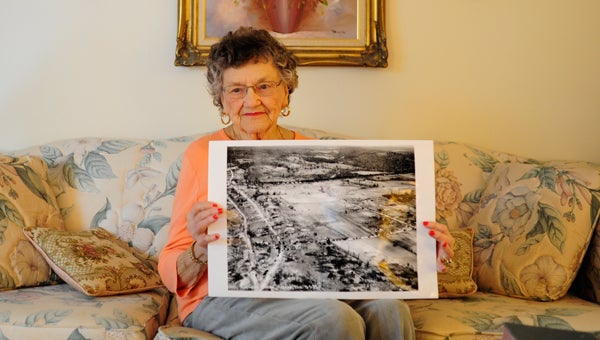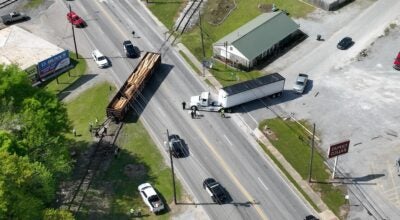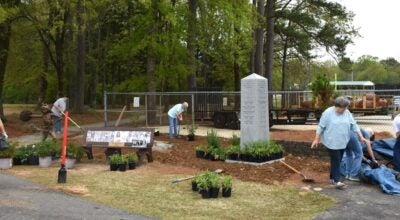Profile: Helena’s storm of the century
Published 2:12 pm Monday, March 10, 2014

Elanor Paty and her family lived through the 1933 tornado that destroyed much of Helena. (Reporter Photo/Jon Goering)
‘It just got everything’
Of the about 500 people living in Helena when the tornado hit in May 1933, 13 lost their lives in the disaster. Although nobody in Paty’s house was killed in the storm, many of her friends were not as lucky.
“After I had recovered, they took me to the morgue to help identify bodies,” Paty said. “It was a trying time.”
Using a modern Enhanced Fujita intensity scale, the 1933 tornado would be categorized as an EF4, which is near the top of the five-category scale.
The late-night storm blazed a path of destruction between what is now Rolling Mill Street and Second Street.
“It just got everything,” said Helena historian Ken Penhale, who now runs the Helena Museum on the former site of a building destroyed by the storm. “It got all three churches in the city, all the homes in the storm path were totally leveled and it got the grist mill.”
Despite the nearby swath of devastation, most of the heart of Old Town Helena was relatively unscathed.
“Old Town had some damage, but I imagine that damage was just due to the vacuum from the tornado,” Penhale said. “For the most part, Old Town was spared. I really can’t say why for sure. I guess that hill (near Rolling Mill Street) protected most of the businesses.
“Had the storm gone 30 feet to the left, we wouldn’t have anything left in Old Town,” Penhale added, noting most of the Old Town buildings standing when the twister hit are still standing today.
When the tornado hit, it put a city already seeing an economic slump on “standstill,” Penhale said.
A lasting effect
In Helena’s early days in the late 1800s and the early 1900s, most of the city’s economy was built around mining and mill operations – the remnants of which still dot the city’s landscape.
The Buck Creek dam near Old Town was a popular spot for the city’s major early industries, and railroads trafficked materials mined in the city to locations all over the South.
But by the time 1933 rolled around, many of the city’s major mines and mills had already closed.
“Most of the major mines were closed, the rolling mill was closed. Helena was on a decline anyway before the storm hit,” Penhale said. “After the storm, so many people moved away and just didn’t come back. It really put the city in a tailspin.”
Many Helena residents hit by the storm built back “immediately” after the tornado, but it took many years for the city to fully recover – both physically and emotionally, Penhale said.
“My mother and grandmother never got over it,” Penhale said, noting his grandmother’s house on Rolling Mill Street was blown off its foundation and his mother’s house was spared completely. “They would be a nervous wreck every time a storm would come through.”
Most of Rolling Mill Street did not see redevelopment for 20 years after the storm, and Helena’s population remained relatively stagnant until Birmingham’s suburbs began growing in the 1960s and 1970s.









